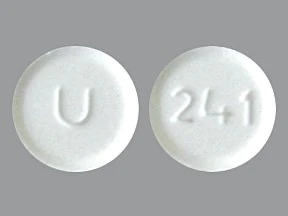Mirogabalin works by binding to a specific subunit of calcium channels in the nervous system, which reduces the release of neurotransmitters and therefore reduces pain signals. It is believed to have a longer duration of action and greater potency than pregabalin.
Clinical trials have shown promising results for the use of mirogabalin in the treatment of diabetic neuropathy and postherpetic neuralgia. However, more research is needed to determine the safety and efficacy of mirogabalin for these and other conditions.










